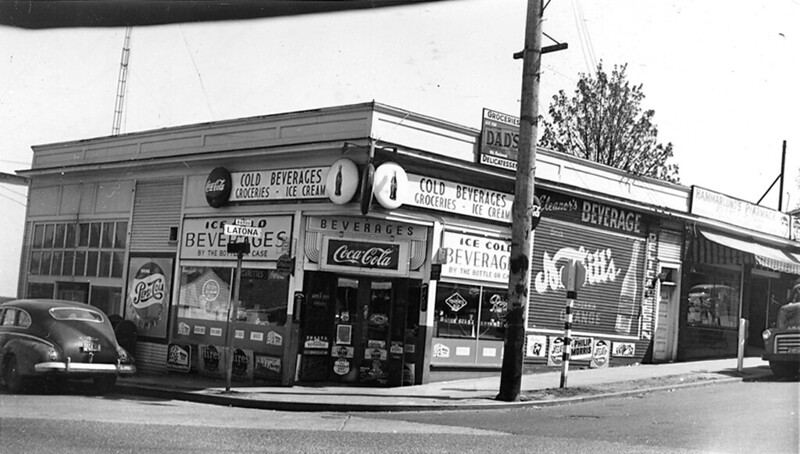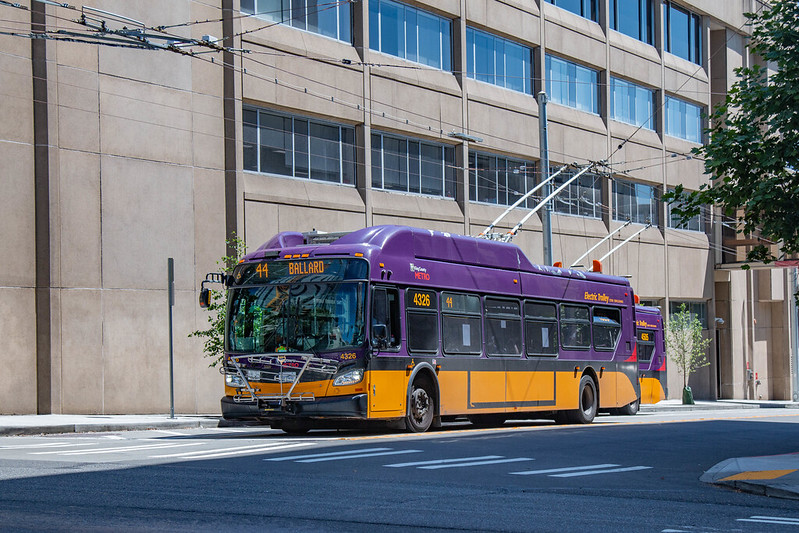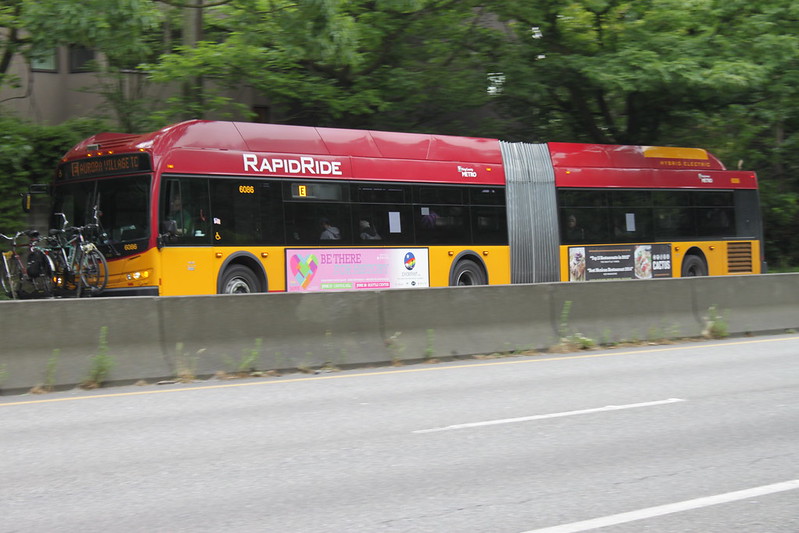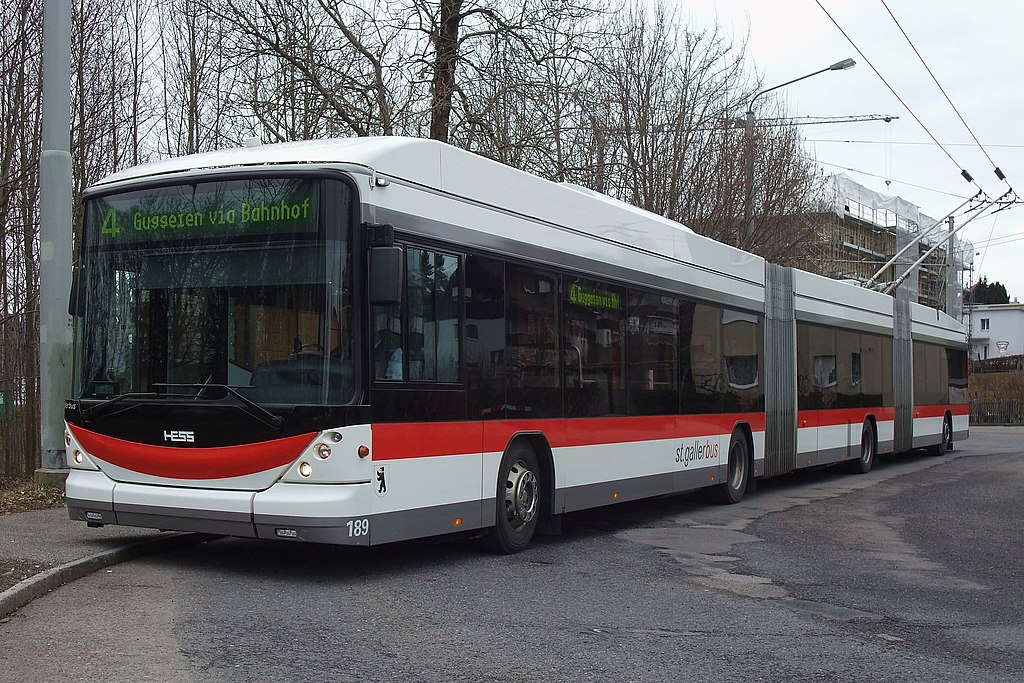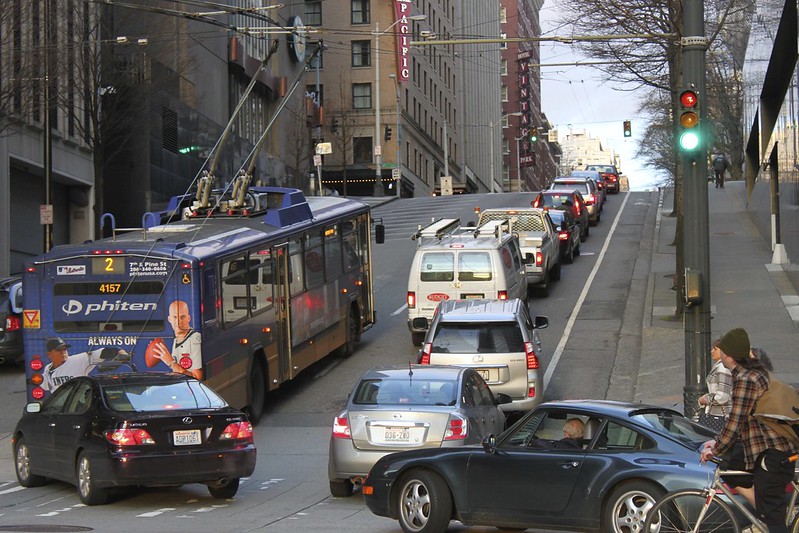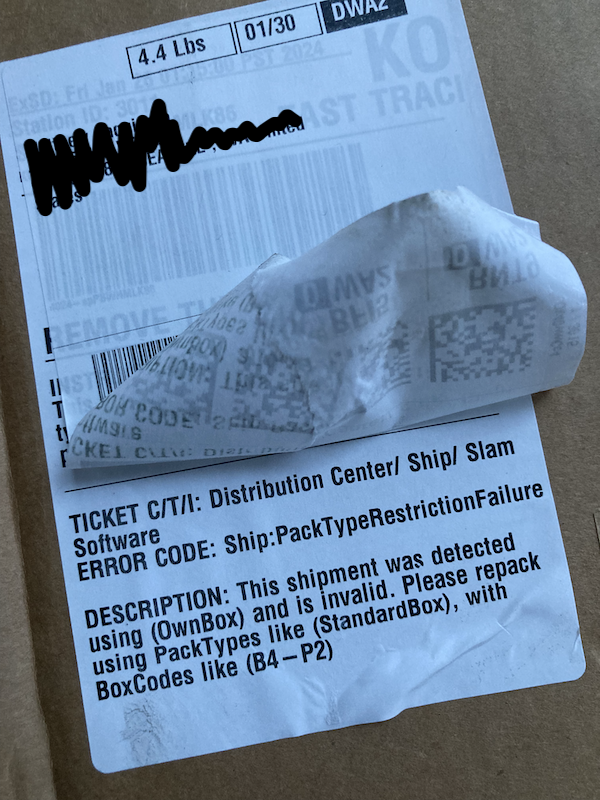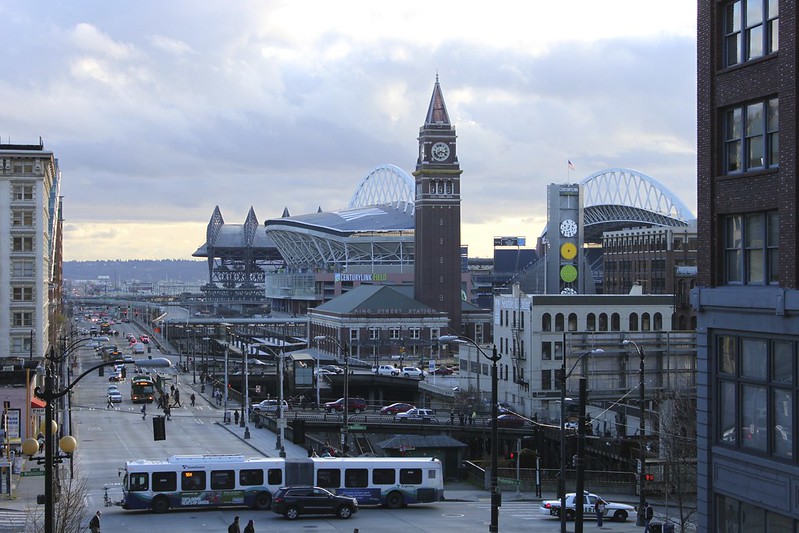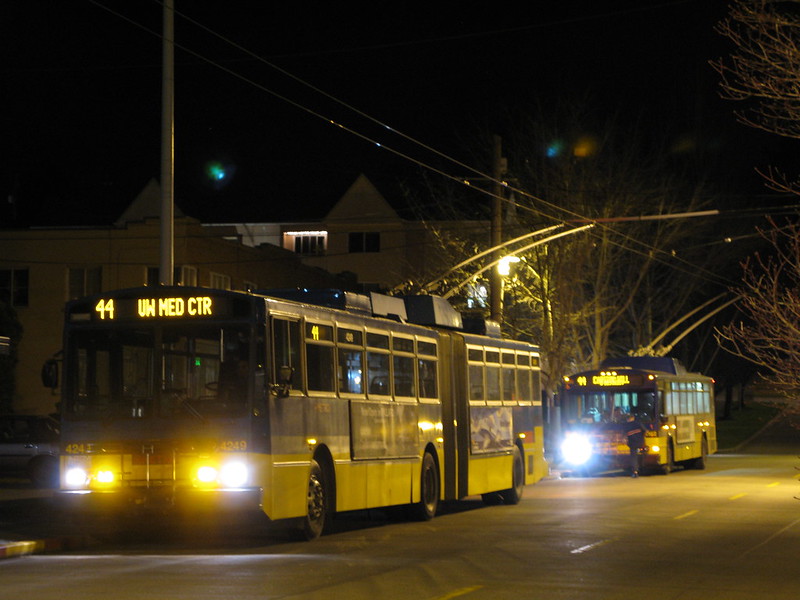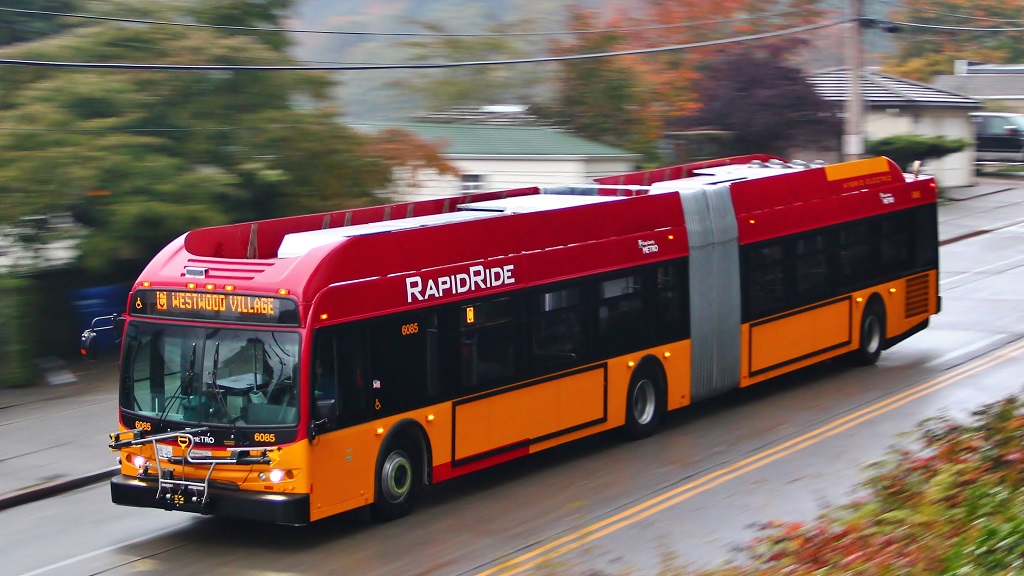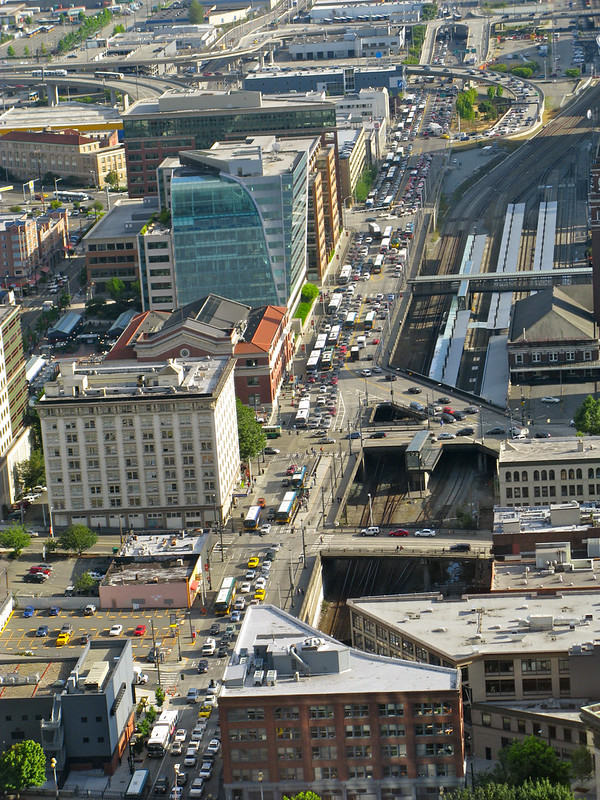
“How many buses can you count in this photo?” by Oran Viriyincy is licensed under CC BY-SA 2.0.
Decisions in public transit are often framed as tradeoffs. Should transit service cover a broader area, or should fewer routes run more frequently? What times of day, or days of the week, should see the greatest allocation of service? Rarely will one outcome be superior to another in all ways, for all people. This is the unfortunate reality when limited funding is a hard constraint.
An access measurement comparison, in its most condensed form, doesn’t present an obvious tradeoff. The consequences of any decision are rendered in the form of a single score. Good decisions increase the score, bad decisions decrease it. Of course, this is an oversimplification. The overall access measurement is the composition of many scores. An agency may achieve its greatest overall access by concentrating all of its routes into a section of its service area, but those who must leave that section will be justifiably upset.
The restructured transit network for Seattle that I produced—with uniform frequency meeting or exceeding King County Metro’s definition of frequent service on all routes, all day, every day—increased overall access while using no more in-service hours than the existing network. I nevertheless sought to be cognizant of how this would affect access throughout the city. While some parts of Seattle would see a decrease in access, the losses would be neither severe nor widespread. That still doesn’t cover every way that a restructure could disparately impact riders.
[Read More]